Refrigeration System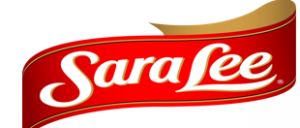
Client: Sara Lee
Project: 90 Ton Glycol to Ammonia Refrigeration System
Location: Gosford, NSW Australia
In 2012, Pressure Welding Australia took on the task of constructing Sara Lee’s largest upgrade since 1971. A state of the art Ammonia to Glycol cooling system, housing 9 tons of Glycol and 5 tons of ammonia gas. The piping systems were roof-top situated, along with 2 x Alpha Laval monstrous plate exchangers and over head ammonia liquid vessel. Glycol lines were fabricated out of 12″ ASTM A270 seamless pipe and welded using AZMI IX welding processes with a GTAW root run, a MMAW fill and cap, the ammonia lines were 8″ ASTM A53 seamless pipe and were welded with full GTAW 100% X-Ray.
- Welding personnel compliant with AS1796
- Pressure Equipment Manufacture AS4458
- Boiler and Pressure Vessels AS1210, AS1228
- Examination and Testing AS4037
- Fabrication of Steel Structures AS1554
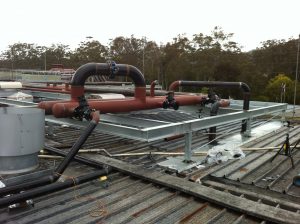 | 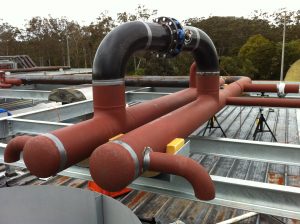 | 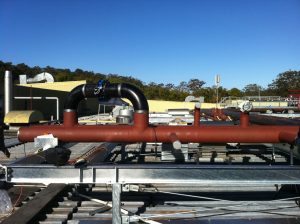 |
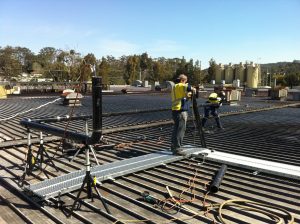 | 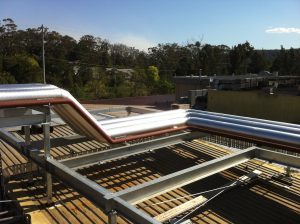 | 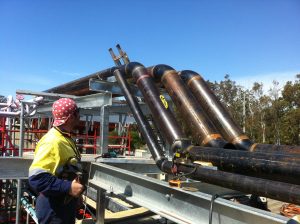 |
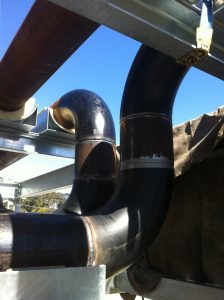 | 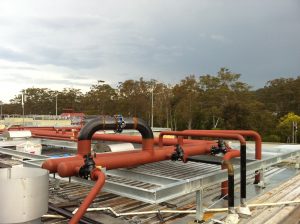 | 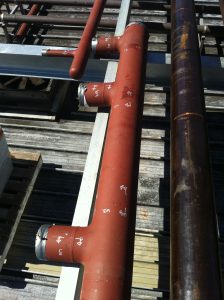 |
.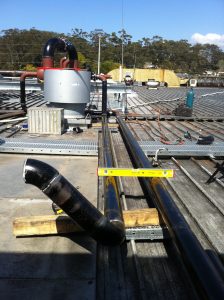 | 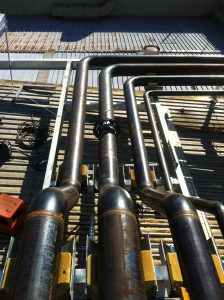 | 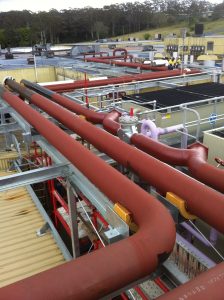 |
Our services . . .
At Pressure Welding Australia, we are defined by long term relationships with our customers and their long-term, proven results. With our track record of quality work and sensible prices, our business can help your business succeed in a highly competitive marketplace.
Installations and on-going maintenance. Call us TODAY, lets discuss your new project requirements or how we can help you re-design and improve an existing installation.
Full site inspections and planning to deliver a strategy that exceeds your expectations, including OHNS compliance information and detailed progress reports.
Every step of the way our team is ensuring that your projects progress in a professional and timely manner. We go the extra mile for you because your success reflects on our reputation.
Properly communicating is a critical factor on many projects. The purpose of status reporting is to manage the expectations of the sponsor and the stakeholders. In many cases where conflicts arise, it’s not because of the actual problem, but because the client or manager was surprised by it. Managing expectations through status reporting will keep such surprises from happening.
At a minimum, all projects should communicate status. The status process should include team members sending status updates to the project manager and the project manager sending status updates to management stakeholders. On a small project, the status update might be informal, but as your project gets larger, it should become more formal, taking the form of a Status Report.

